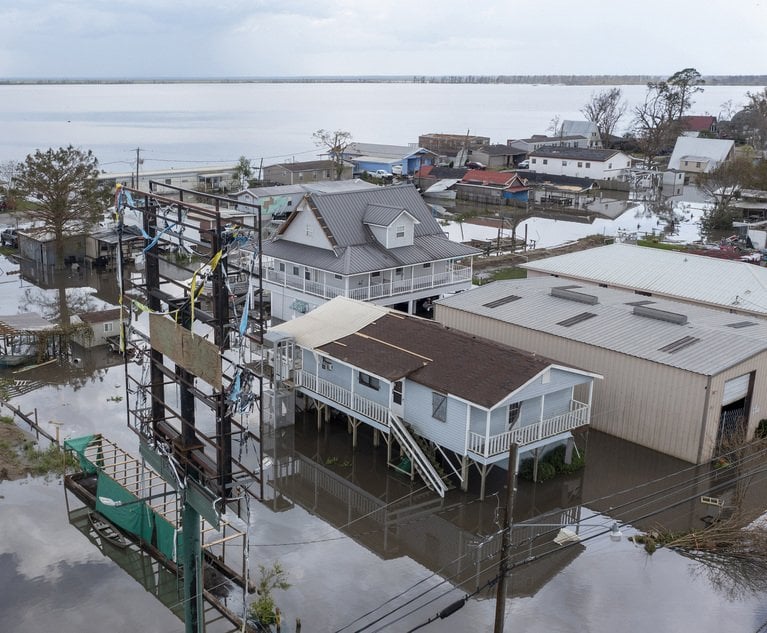 "We are rapidly moving to a place where the cost of insurance will make the most at-risk homes effectively uninsurable," Matthew Eby, First Street Foundation founder and CEO, said. Credit: Steve Helber/AP
"We are rapidly moving to a place where the cost of insurance will make the most at-risk homes effectively uninsurable," Matthew Eby, First Street Foundation founder and CEO, said. Credit: Steve Helber/AP
Across the country, some 39 million properties — roughly 27% of the total proprieties in the continental U.S. — are at high risk of damage from flooding, wildfires or hurricanes, but those risks aren't reflected in the insurance premiums collected to cover them. As a result of these artificially suppressed insurance rates, these properties are "significantly overvalued," according to The First Street Foundation.
Recommended For You
Want to continue reading?
Become a Free PropertyCasualty360 Digital Reader
Your access to unlimited PropertyCasualty360 content isn’t changing.
Once you are an ALM digital member, you’ll receive:
- Breaking insurance news and analysis, on-site and via our newsletters and custom alerts
- Weekly Insurance Speak podcast featuring exclusive interviews with industry leaders
- Educational webcasts, white papers, and ebooks from industry thought leaders
- Critical converage of the employee benefits and financial advisory markets on our other ALM sites, BenefitsPRO and ThinkAdvisor
Already have an account? Sign In Now
© Touchpoint Markets, All Rights Reserved. Request academic re-use from www.copyright.com. All other uses, submit a request to [email protected]. For more inforrmation visit Asset & Logo Licensing.







